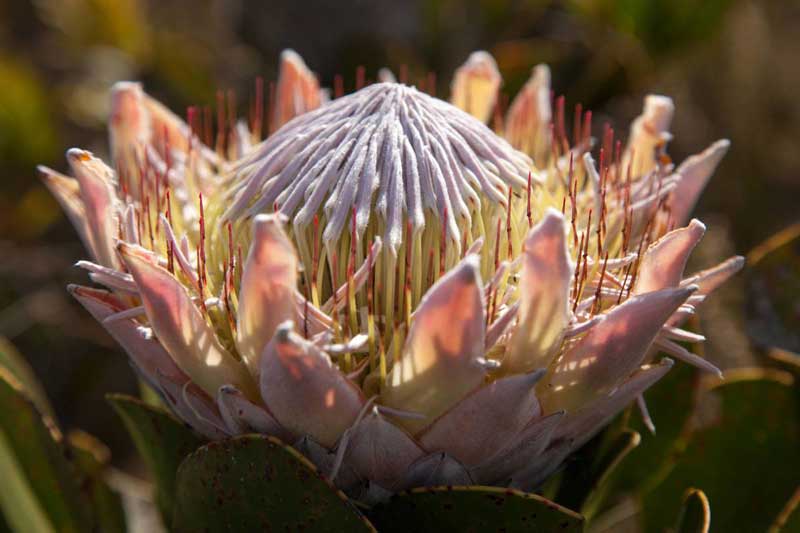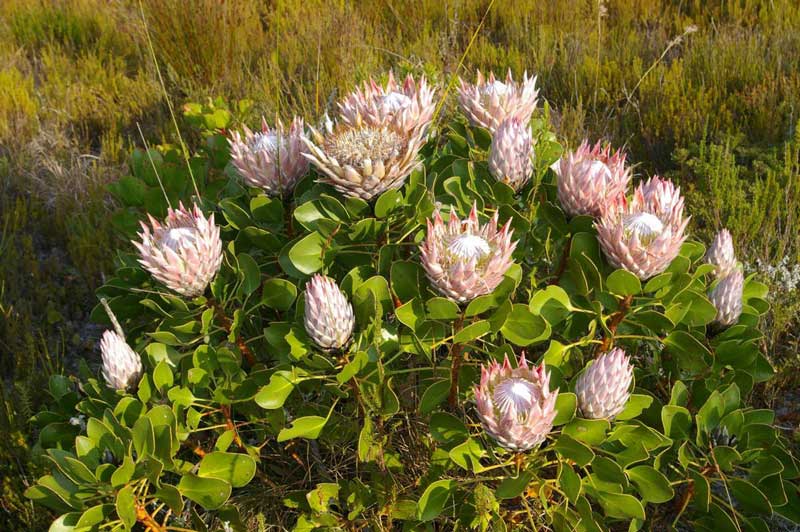HOW NATURE TOURISM SAVED WALKER BAY’S EXTRAORDINARY FYNBOS
In 1991, Michael Lutzeyer bought a small farm overlooking Walker Bay, a couple of hours outside Cape Town. At that point, he couldn’t have imagined how much potential that land held.
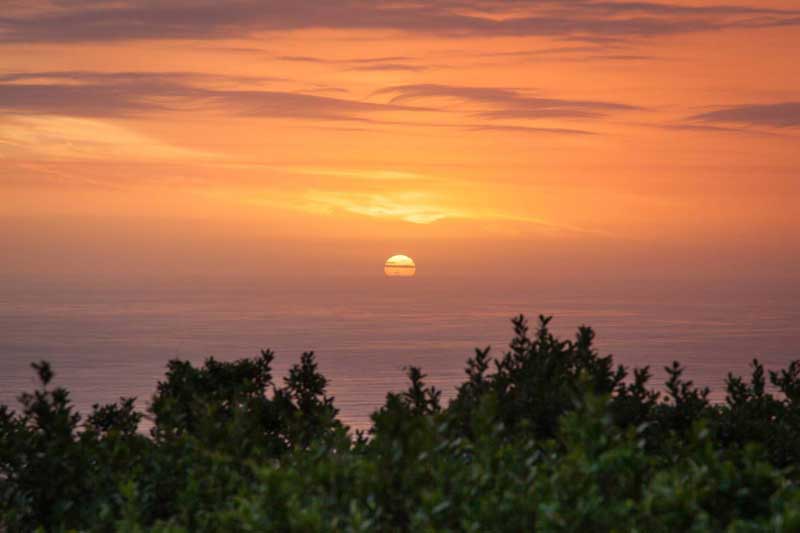
As beautiful as the area was, the fynbos had been over-burnt, the ground overgrazed, and too many of the flowers had been exported. There was no tourism at all until the Lutzeyer family opened their B&B, Grootbos, on their 121 hectares of land.
Today, Grootbos is a luxurious lodge that sits in a sublime private reserve of 2,500 hectares. The fynbos has recovered, and nearly 800 species of plants have been recorded on the property – six of which were totally new to science.
The Seeds of Change
Born in South Africa to German parents, Michael Lutzeyer is warm, friendly and fiercely passionate about conservation and tourism in the area – and, at 65, is still very involved in the running of Grootbos
Lutzeyer is open about how much he owes his long-time colleague, Sean Privett, Director of the Grootbos Foundation. He met Privett – then a young, enthusiastic botanist – in 1996 and, together, they started to work on Lutzeyer’s vision of making Grootbos the best privately run fynbos nature reserve in the country.
Fynbos is a type of vegetation found in a belt of land across the south and southwest of South Africa. This area is called the Cape Floral Kingdom and contains 9,500 plants, two-thirds of which are found nowhere else. It is mind-bogglingly diverse – Table Mountain alone hosts more plant species than the British Isles.
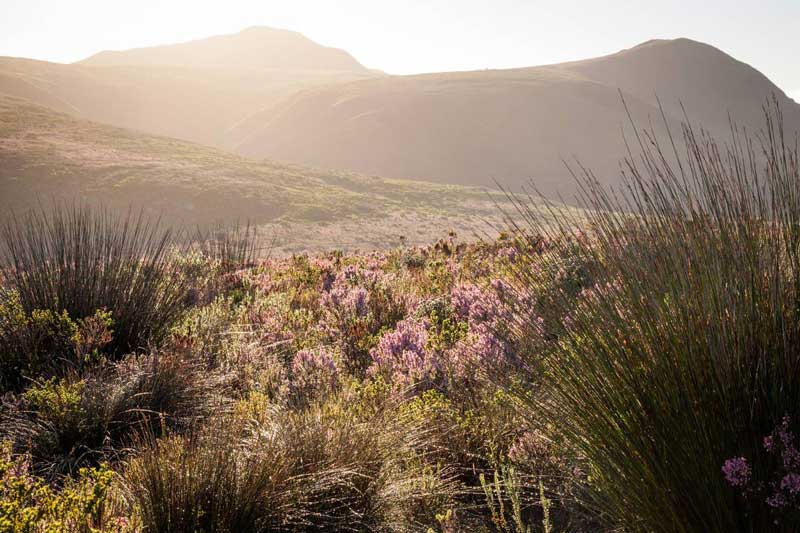
Privett began by starting the process of documenting the property’s flora, joined by Lutzeyer’s father, Heiner Lutzeyer, who was out every day exploring and recording his findings. The project still continues today. “Most of the rarest plants were not found in the initial survey”, Privett says. “We’ll probably always keep discovering more.”
Converting Science to Stories
Lutzeyer continued to buy land, and walking trails were created to allow visitors and locals to explore the nature reserve.
“Converting science to stories”, as Privett put it, is a major part of Grootbos’ success. On a hike, horse ride or 4×4 ‘safari’, guests can wander through the ancient, fairy tale-like milkwood forests where the trees are over 1,000 years old; or learn about the type of proteas that require the blistering heat of a fire to release their seeds.
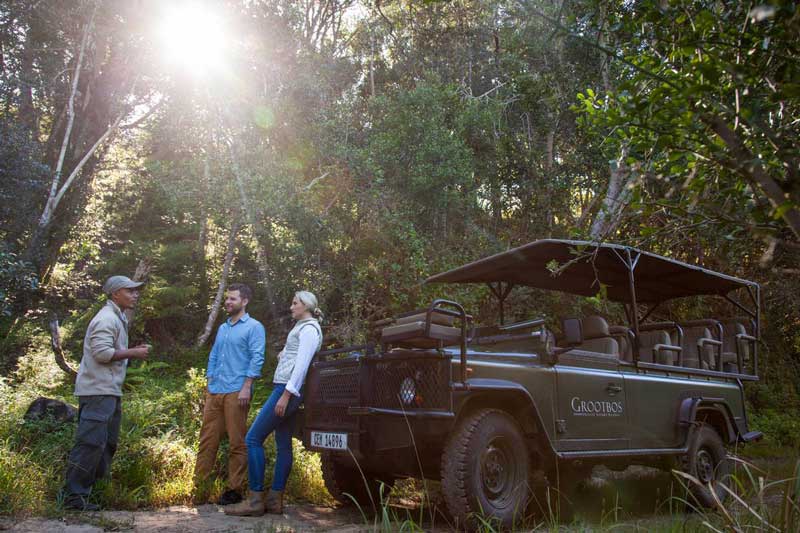
Fire plays a crucial role here. Fynbos needs it to survive, so the Grootbos team built a firefighting truck to better contain and control the wildfires. In 2006, a huge blaze destroyed part of the Grootbos lodge. Yet amid the devastation, plants not seen for 40 years began to grow, phoenix-like out of the ashes.
Engaging Communities
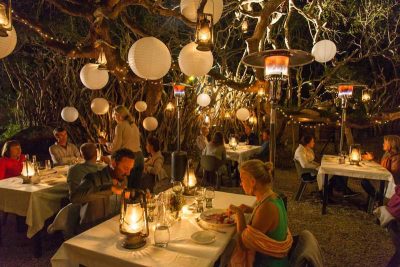
Perhaps one of the most important elements in Grootbos’ story is community engagement. In 2003, the Green Futures project was launched with the aim of involving the local communities in conservation. There were few opportunities in the area, so the project provided education, training and jobs. The Grootbos Foundation has since grown, branching out into many other community initiatives and benefitting over 10,000 people every year.
Grootbos also works with local farmers, encouraging them to understand the value of a healthy fynbos region. Camera traps are laid to reveal the animals who live here – such as the elusive and rare Cape leopard – to inspire landowners to invest in conservation corridors. Recently, the owners of Farm 215 signed almost 600 hectares of critically endangered fynbos into a conservation servitude, meaning it can never be developed by future owners of their property.
Nature tourism saved this sliver of land, breathing life into a region considered lost to other industries. It is an example of how to harness the rewards of tourism and what can be achieved when communities work together.
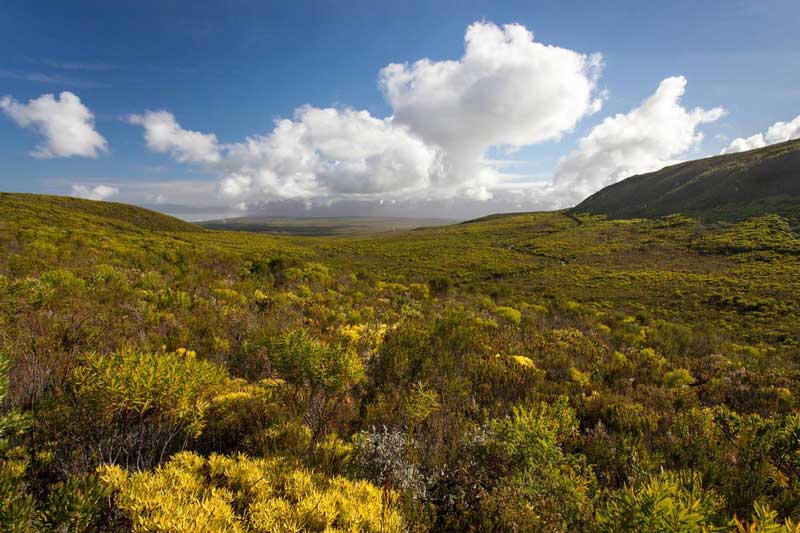
[Photos are via Grootbos]
John Segar
READ MORE POSTS BY THIS AUTHOR






